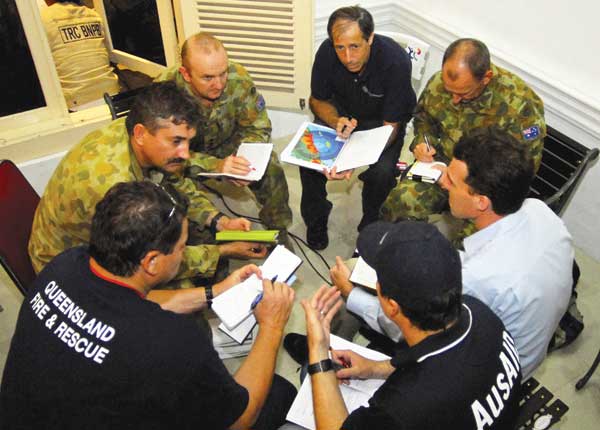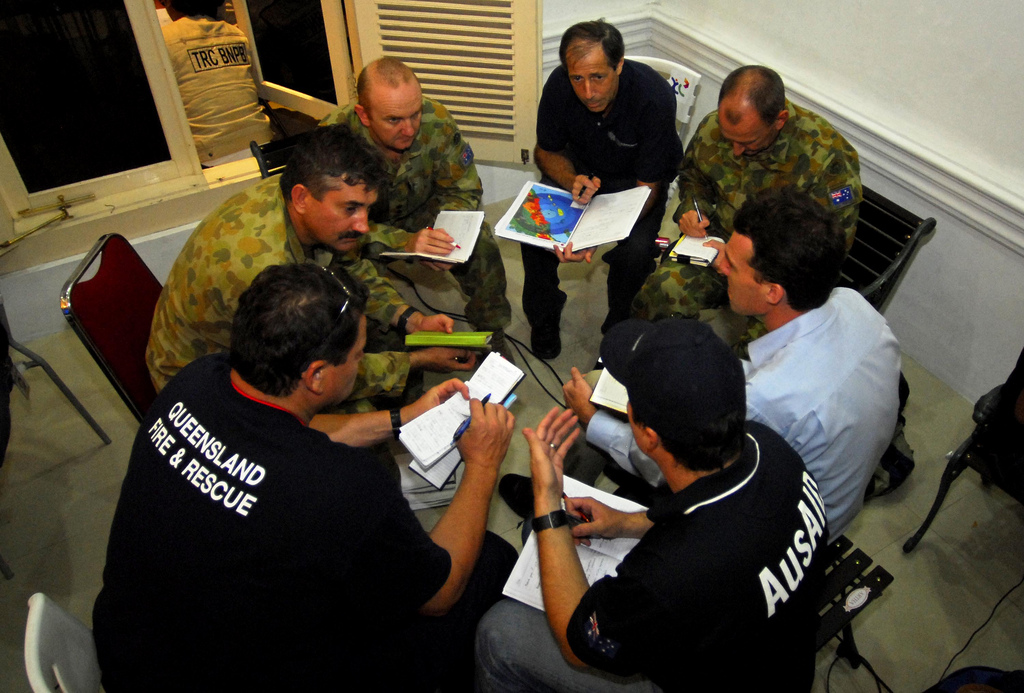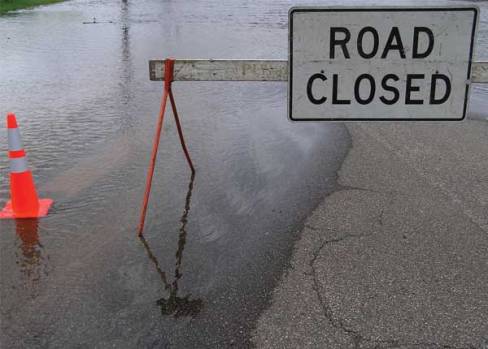
The effectiveness and sustainability of tens of billions of dollars in federal funding regularly committed to mopping-up and repairing the damage from persistent natural disasters will be put under the spotlight after Treasurer Joe Hockey and Justice Minister Michael Keenan released key details of a new Productivity Commission probe into financial relief measures.
The Abbott government on Monday revealed that it has tasked the Productivity Commission with finding new ways to strike a balance between constantly forking out for costly repairs to disaster damaged infrastructure and longer term investment in mitigation measures that could prevent or reduce the scale of asset destruction in the first place.
Although it has long been accepted that prudent and well-placed mitigation measures can save billions by protecting life and assets, it has been much harder to get a national picture and stocktake of where mitigation measures need to be prioritised.
The big problem for federal disaster relief and repair funding is that the emergency payments once envisaged as a contingency reserve are now being made so regularly that they have almost become business-as-usual funding for some local governments.
Some of the issues the Productivity Commission is expected to confront and bring out into the open is the questionable value of relief funding for roads that are regularly rebuilt after being washed away rather than building levees that would allow infrastructure to withstand big volumes of water.
The big rethink on disaster relief funding has been a long time coming, with many local and state governments now increasingly critical of the lack of forward thinking and coordination between jurisdictions, the insurance industry and developers to help keep infrastructure out of danger.
In Queensland local governments have complained that procurement rules tied to relief money meant that they were forced to employ expensive external contractors to perform relief and repair work when they could have recruited suitable labour from within their own communities at a time when normal employment had been disrupted.
Specifically, the Productivity Commission’s terms of reference for the natural disaster funding arrangements will cover consideration of:
• the sustainability and effectiveness of current arrangements for funding natural disaster mitigation, resilience and recovery initiatives;
• risk management measures available to, and being taken by, asset owners;
• future options to most effectively fund natural disaster recovery and mitigation;
• incentives to support cost-effective decision making;
• and mechanisms and models to prioritise mitigation opportunities and evaluate the costs and benefits of a range of mitigation options.
Natural disasters, as those who are hit by them already know, extract a heavy price in terms of life, assets and financial cost.
“In the last five years, more than 200 Australians have lost their lives and hundreds of thousands more have been directly impacted by natural disasters,” an statement on the funding inquiry’s terms from the Treasurer and Justice Minister said
“Since mid-2009 Commonwealth costs for disaster recovery, under the cost-shared Natural Disaster Relief and Recovery Arrangements (NDRRA) alone, have exceeded $12 billion.”
Local governments, infrastructure owners and other stakeholders are now being told to prepare to make submissions to the Productivity Commission the inquiry that is expected to report its draft findings in September 2014 and then a final report to the Government by “the end of the year”.
Comment below to have your say on this story.
If you have a news story or tip-off, get in touch at editorial@governmentnews.com.au.
Sign up to the Government News newsletter


